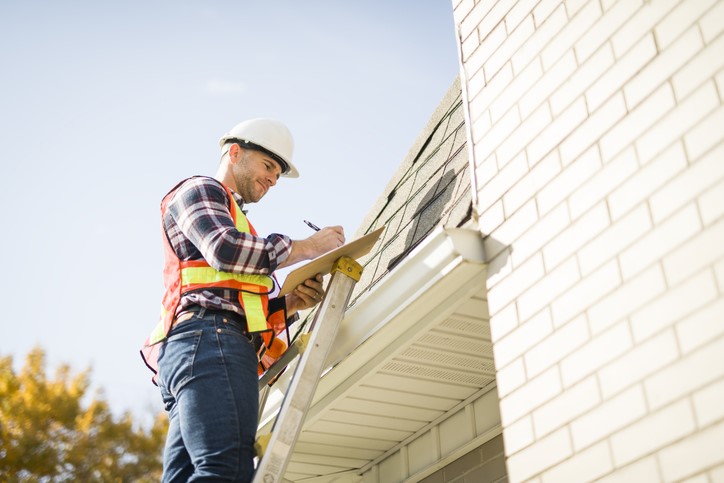
On average, roofs in the Midwest last homeowners around 3 decades, making roof replacements an infrequent home improvement project. But that doesn't mean they aren't important—with your roof responsible for protecting your home against elemental damage and playing a large role in its structural integrity, homeowners should never delay getting a roof replacement.
West Michigan Roofing & Construction is a trusted roofing company that services many locations in the western region of the state, and knows that informing customers about what to expect can instantly alleviate much of the stress around making a large investment like a roof replacement. Below, we have outlined the steps generally involved in any roof replacement so that you can know how to plan accordingly.
Before the Installation
The first step of a roof replacement is obtaining an estimate from a potential roofer. After your initial call, the roofer should set up a time to come out to your home and perform an inspection so that they can give you the most accurate quote. We suggest calling multiple companies so that you can compare and contrast to receive the best price and service.
After you've selected the right contractor for the job, the next few steps before the actual installation could include:
- Financing: If needed, this is when the homeowner should secure a financing plan provided by the roofing company or a third party.
- Permits: Some areas may require permits, which your roofer should know how to obtain before scheduling the installation.
- Materials: You can expect a dumpster and your roofing materials to arrive at your home a couple days before the installation.
During the Installation
Once your roofing company has arrived and their work area is prepped, it's time to begin the installation. In general, most roof replacement services will follow the same process, which includes steps such as:
- Old Roof Removal: First, your roofers will rip out the old roofing materials. This could just mean the shingles and underlayment, or could include the flashing and roof decking depending on their condition.
- New Underlayment: Next, an underlayment layer needs to be installed. This material acts as a secondary barrier to water and adds additional protection to the roofing decking.
- Updated Shingles: After this, your roofers will install the shingles or other roofing tiles of your choice. Starter shingles go on first, which secure the perimeter of your roof, before the rest is covered.
- Vent Replacement: If necessary, the last step is to install new roofing vents to ensure your roof replacement can properly ventilate itself.
After the Installation
Once your new roof has been installed, your roofing contractor should do a walk-through with you on the same day before leaving. This is your chance to ask questions or clarify anything about the roof replacement. Then, your team will clean up their worksite and perform a final inspection. In the days following your roof replacement, there are a few additional steps that should take place, like:
- Dumpsters and Porta Potties are Removed from Your Property
- A Representative Will Schedule a Time to Collect Final Payment
- You Register Your New Roofing Warranty Online
As a member of the NRCA with 55+ years of experience to our name, there's no other team in Western Michigan more qualified to handle your upcoming roof replacement than West Michigan Roofing. We're a friendly, neighborly business that is known for our customer-driven benefits that include free estimates, extended warranties, and a strong referral program. Call us today to receive your free estimate on a roof replacement, and hear even more about all that we can do for you and your home.
Subscribe to West Michigan Roofing's Blog
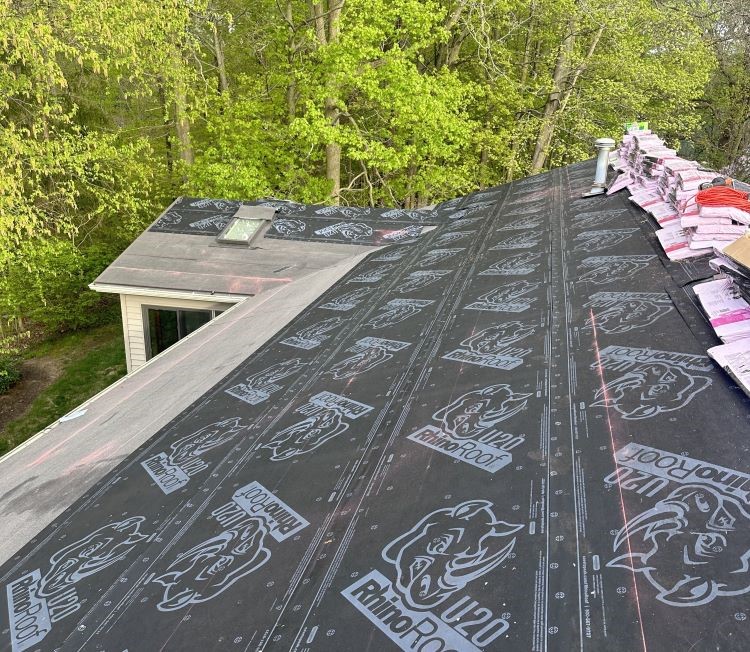
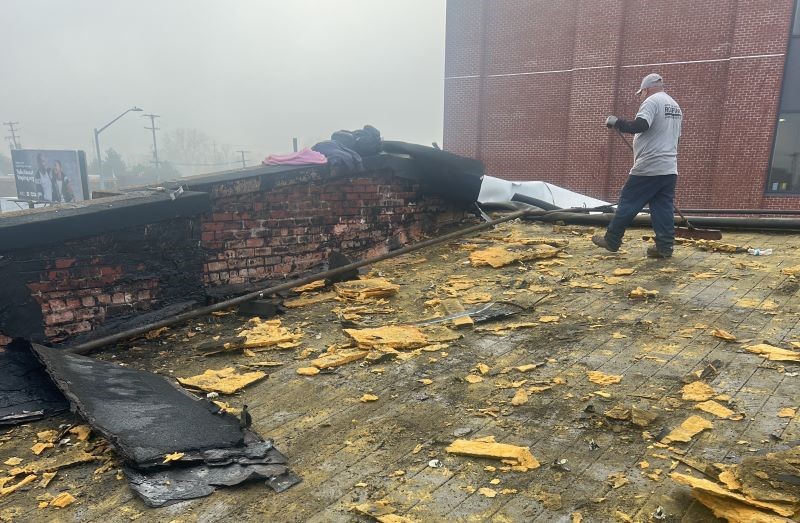
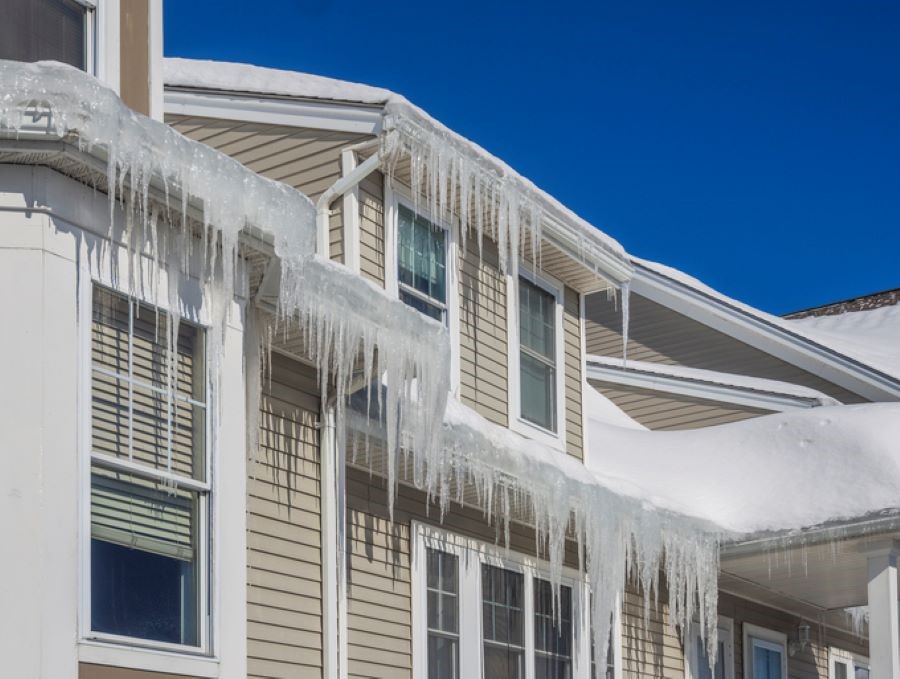
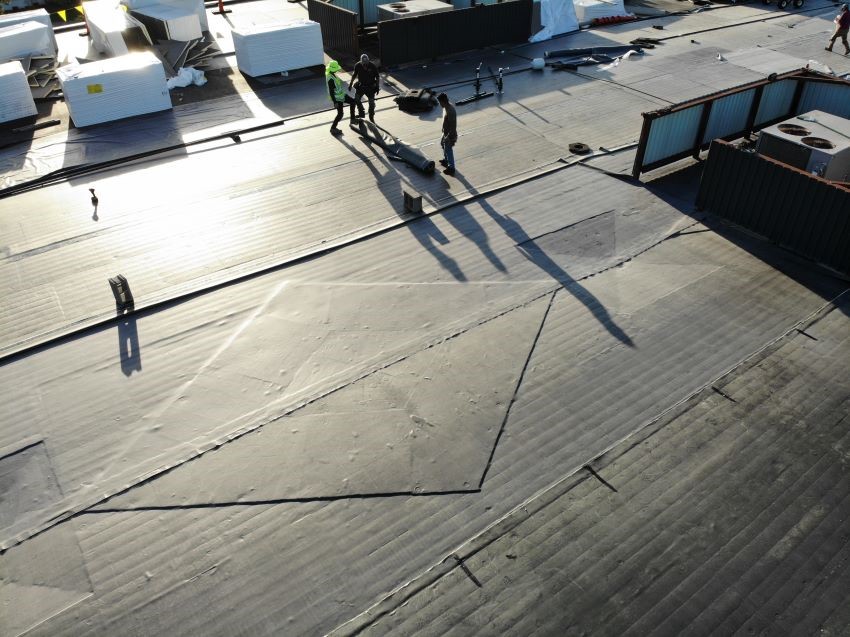
Comments